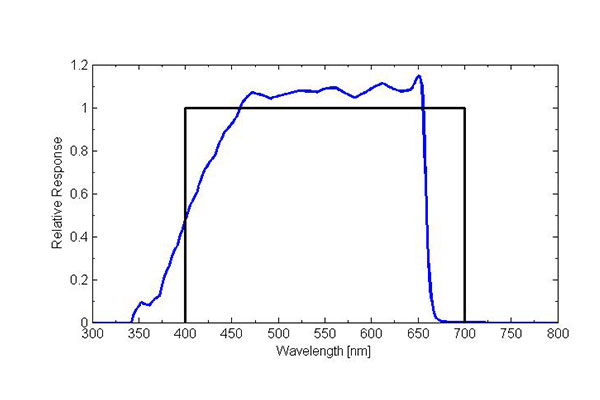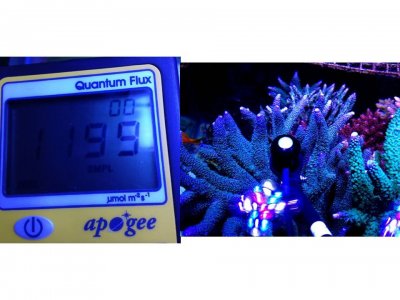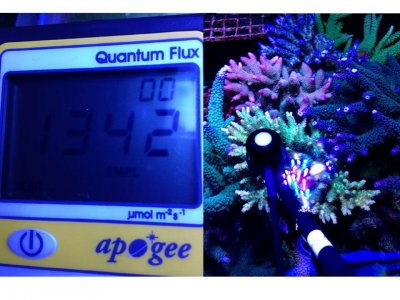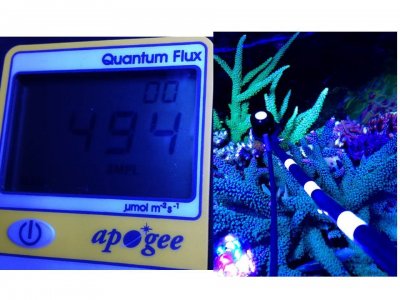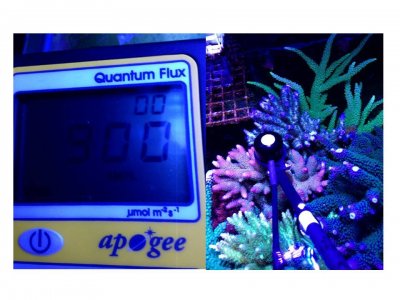While this thread is great I feel like its worth discussing Lux vs PAR again. Its my understanding that PAR measures the light spectrum used by photosynthesis (Chlorophyll A/B/C) while Lux measures "human perceived" light intensity. The two are very very different.
Example: Lux will be extremely high for red/white spectrum lights but very low for actinic. PAR will be the opposite. Most corals have very little use for white/red light and the graphs for Chlorophyll are greatly skewed to the blue side.
I have not tested it, but I would expect that 10k lights have dramatically higher Lux then 20k lights. This is not at all a good representation of usable light your corals are getting.
PAR meters are an incredibly useful tool, and they aren't that expensive if you buy just the sensor and use a multimeter. You can have a full Apogee setup for under $150. Some of us have single Acro frags we paid that much for...
Example: Lux will be extremely high for red/white spectrum lights but very low for actinic. PAR will be the opposite. Most corals have very little use for white/red light and the graphs for Chlorophyll are greatly skewed to the blue side.
I have not tested it, but I would expect that 10k lights have dramatically higher Lux then 20k lights. This is not at all a good representation of usable light your corals are getting.
PAR meters are an incredibly useful tool, and they aren't that expensive if you buy just the sensor and use a multimeter. You can have a full Apogee setup for under $150. Some of us have single Acro frags we paid that much for...







